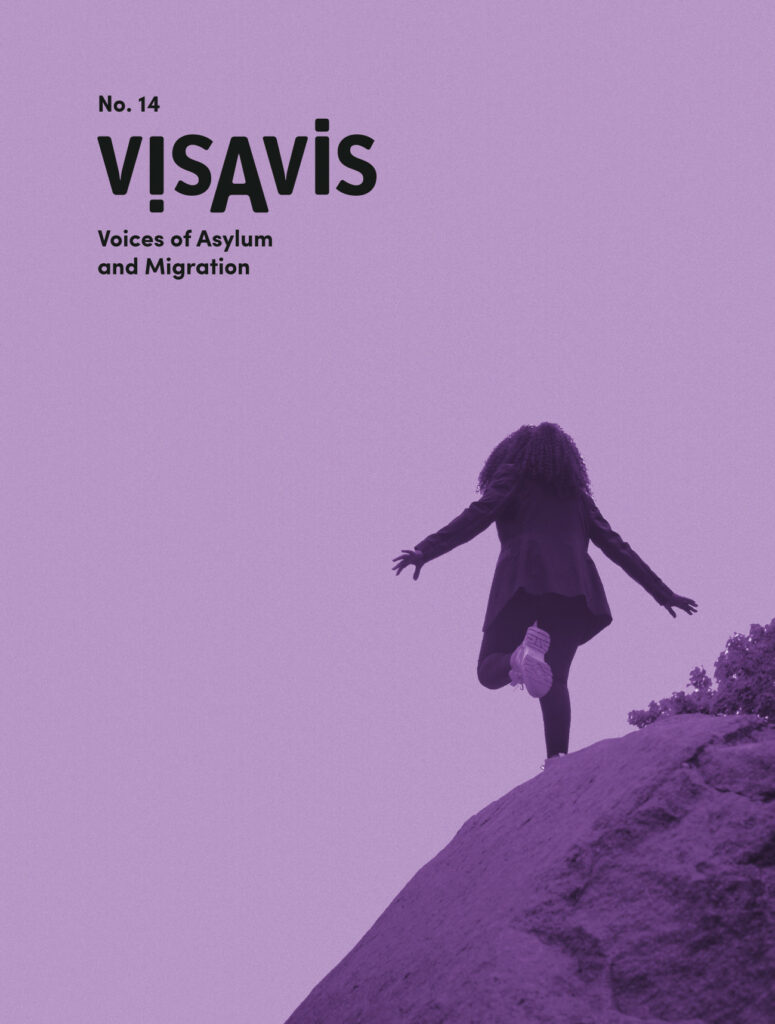BY VISAVIS • FROM #11, 2015
At the time of writing, hundreds of migrants are struggling against drowning off the Libyan coast. This is happening only a few days after a similar tragedy, where another 400 people drowned off the coast of Lampedusa. It has been estimated that more than 1.800 have drowned on their way to Europe in the first four months of 2015 alone, a year which could likely turn out to be the deadliest so far for migrants that traverse the Mediterranean. The global community is faced with what is perhaps its gravest migration crisis to date. The situation has become impossible to ignore, and these migrants have finally caught the attention of the media as well as politicians.
However, the attention it has received so far has unfortunately not resulted in much more than the customary one-dimensional condemnation of people smugglers; in the worst cases, European politicians have exploited the tragedies on the Mediterranean to try to scare other migrants away from undertaking the journey. While EU leaders are busy shirking responsibility and justifying the fatal cancellation of the rescue operation Mare Nostrum, Danish politicians are warming up for the electoral battle by outdoing each others’ xenophobia as they try to attract votes. In these desperate times it is more necessary than ever to create a platform for the voices and points of view that would otherwise not be heard in discussions about asylum and migration, and this is what we are trying to do.
In this issue, we will take a closer look at EU’s increasingly strict migration control and present analyses of new developments within highly technological forms of border security, such as drones and biometrics. We will also throw a critical glance at Germany’s current restrictions in matters of political asylum. However, we will not only focus on oppression, but also on resistance. We will zoom in on resistance strategies, among them a hunger strike of Syrian migrants in Athens, a historically long and successful refugee protest in Berlin and an art project which offers an alternative map of Copenhagen, drawn by and for asylum seekers. The Kurdish researcher and activist Dilar Dirik shows how an alternative, almost utopian, feminist and anarchist society is under development in Rojava, Syria, in the shadow of IS and the Syrian civil war. Other contributions treat questions such as identity and language in exile through dialogue, poetry and other media. One of the pieces opens up a much needed debate on the role of the Red Cross in Danish refugee camps, starting from the writer’s own experience in Avnstrup Asylum Centre. Another article poses critical questions about war and home through experiences from Bosnia-Herzegovina, and the so-called “repatriation” of asylum seekers.
In these difficult times, there are still reasons for hope. Many of us had the pleasure of participating in an Asylum Festival in the Trampoline House in April. We found ourselves in the middle of a whirlpool of inspiring activities among engaged people from all over the world, and experienced an explosive energy and will for change. We hope that this momentum within the asylum and migration-related political movement will keep growing. And we also hope that visAvis can play a role in it.
Come talk to us in the Trampoline House every other Wednesday (even weeks), from 4-6 pm. All contributions are welcome: any form of textual and visual material, as well as practical help with proofreading, translating, distributing or web-design. The editorial, visual and camp group are also happy to receive new members.
Sincerely,
The editorial group
